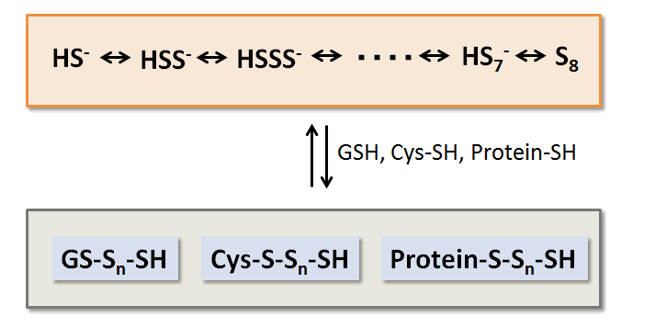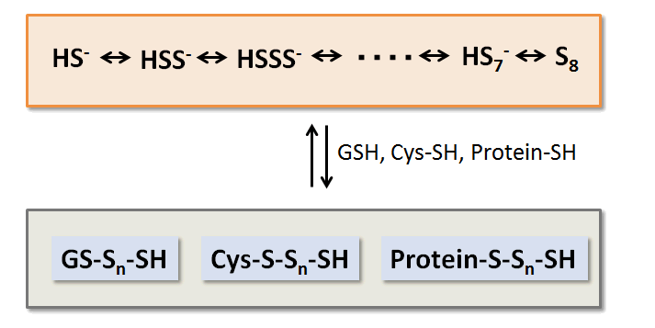1) Y. Kimura, Y. Mikami, K. Osumi, M. Tsugane, J. Oka, and H. Kimura, “Polysulfides are possible H2S-derived signaling molecules in rat brain”, FASEB J., 2013, 27, 2451.
2) S. Koike, Y. Ogasawara, N. Shibuya, H. Kimura, and K. Ishii, “Polysulfide exerts a protective effect against cytotoxicity caused by t-buthylhydroperoxide through Nrf2 signaling in neuroblastoma cells”, FEBS Lett., 2013, 587, 3548.
3) E. R. DeLeon, Y. Gao, E. Huang, M. Arif, N. Arora, A. Divietro, S. Patel, and K. R. Olson , “A case of mistaken identity: are reactive oxygen species actually reactive sulfide species?”, American Journal of Physiology: Regulatory, Integrative and Comparative Physiology ., 2015, 310, (7), 549.
4) D. Delgermuruna, S. Yamaguchia, O. Ichiib, Y. Konb, S. Itoa, and K. Otsuguroa, “Hydrogen sulfide activates TRPA1 and releases 5-HT from epithelioid cells of the chicken thoracic aorta”, Comparative Biochemistry and Physiology Part C: Toxicology & Pharmacology., 2016, 187, 43 .
5) S. Koikea, T. Kayamaa, S. Yamamotoa, D. Kominea, R. Tanakaa, S. Nishimotoa, T. Suzukia, A. Kishidab, and Y. Ogasawaraa, “Polysulfides protect SH-SY5Y cells from methylglyoxal-induced toxicity by suppressing protein carbonylation: A possible physiological scavenger for carbonyl stress in the brain”, NeuroToxicology., 2016,55, 13 .



